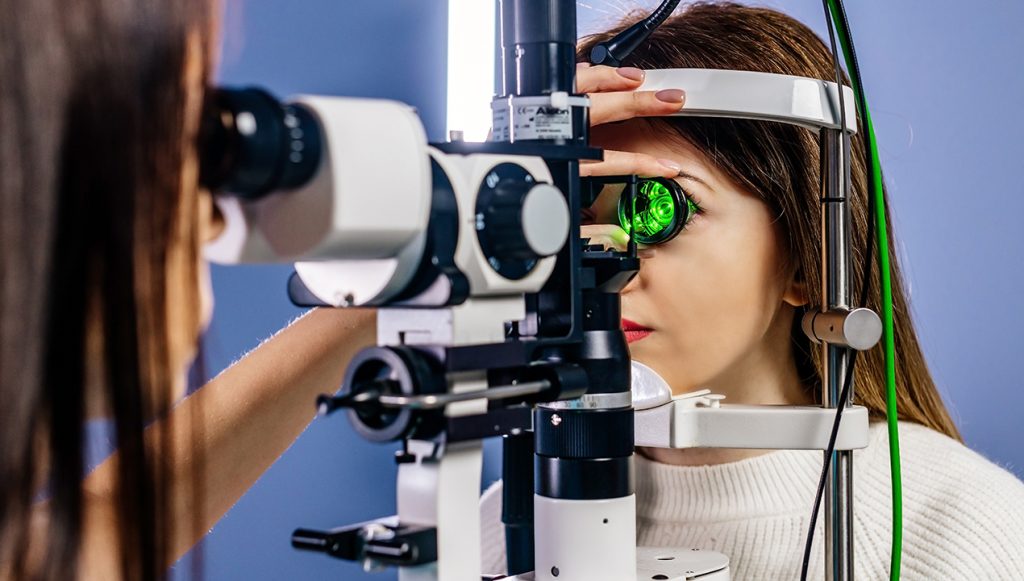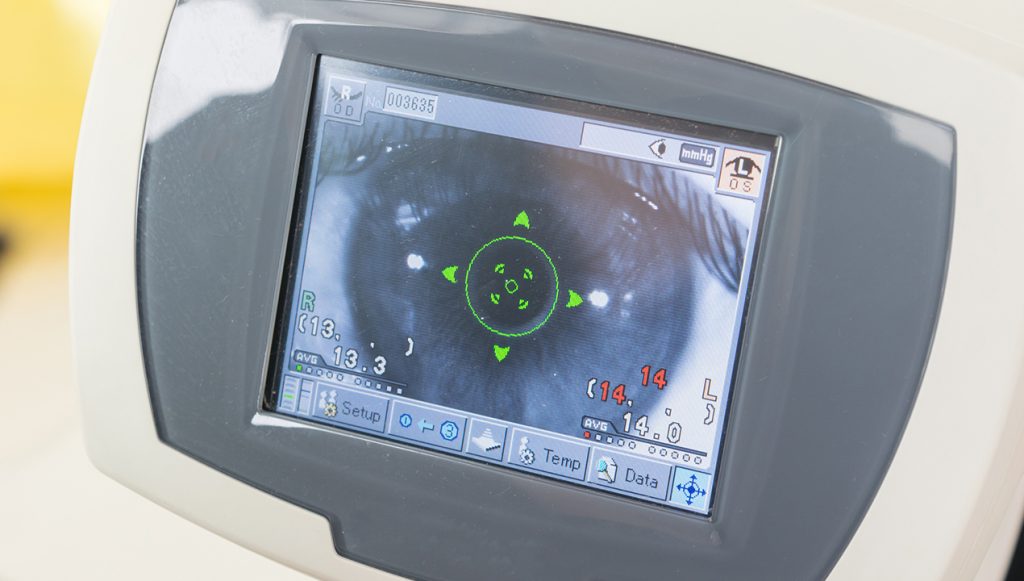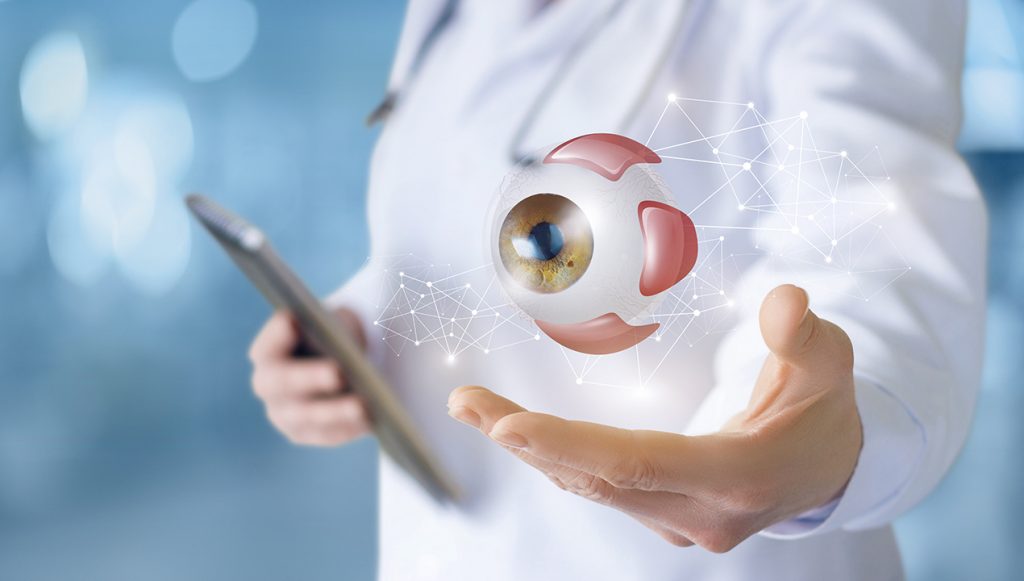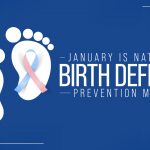The fusion of telemedicine and ophthalmology is driving transformative changes, revolutionizing how ophthalmologists approach eye care. As January marks Glaucoma Awareness Month, it’s crucial for ophthalmologists to address the prevalent challenges associated with glaucoma, renowned for its insidious progression and irreversible vision decline. In the United States, glaucoma affects around 2% of people aged 40–49 and escalates with age, impacting over 8% of individuals aged 80 and above. The estimated annual direct cost for managing glaucoma surpasses $2.9 billion.

The convergence of glaucoma management with teleophthalmology has captured the interest of healthcare practitioners. This integration signifies a groundbreaking leap, harmonizing diverse technological elements to establish a more cohesive, patient-centric and efficient approach. It holds tremendous potential in surmounting geographical barriers and refining tailored interventions, diagnostics and treatments for individuals impacted by glaucoma.
If you are an ophthalmologist yet to explore teleophthalmology and is keen on implementing effective remote glaucoma management, read this blog for valuable insights.
Teleopthalmology : A Paradigm Shift in Glaucoma Management

Glaucoma, often referred to as the ‘silent thief of sight,’ can progress stealthily without apparent symptoms early on. This highlights the vital need for consistent monitoring and timely detection to avert vision loss. Fortunately, teleophthalmology’s innovative digital tools and connectivity empower ophthalmologists to remotely conduct screenings, monitor patients’ eye health and exchange crucial diagnostic information in real-time!
Presently, teleophthalmology operates through two distinct models – synchronous and asynchronous.
- Synchronous Teleophthalmology: Patients engage in direct, live consultations with ophthalmologists via voice-only or voice and video interactions.
- Asynchronous Teleophthalmology: Investigations are conducted by specialized medical assistants independently, eliminating the need for an ophthalmologist’s immediate presence during examinations. This method facilitates shorter waiting times, allowing patients to leave the clinic after the necessary investigations. Subsequently, ophthalmologists review the studies within a specified timeframe and provide patients with written reports based on their findings.
The primary distinction between these two models lies in the time needed for glaucoma diagnosis and consultation, although both approaches involve data recording.
Innovative Approaches to Glaucoma Diagnosis & Monitoring Using Teleophthalmology

Advancements in ophthalmic technology have brought about transformative changes in glaucoma diagnosis and monitoring. Below, explore the innovations reshaping IOP measurements, optic disc evaluations and visual field testing, ushering in a new era of precision and accessibility in glaucoma care.
IOP Measurements
While Goldmann applanation tonometry remains the gold standard for in-office IOP measurement, innovative devices like the Icare tonometer offer at-home readings, enhancing patient-provider communication.
Implantable sensors such as the EyeMate System promise continuous monitoring, while smart contact lenses like the Triggerfish, though not directly measuring IOP, signal a step forward in continuous monitoring technology, providing a broader spectrum of information throughout the day and empowering patients in their care journey.
Optic Disc Evaluation
The integration of mobile phone adapters like iExaminer and iNview revolutionizes optic disc assessment, enabling high-resolution imaging, conveniently. Handheld OCT devices such as iScan OCT and Envisu C2300 expand teleophthalmology horizons with their compact design and FDA-approved portability, optimizing early glaucoma detection and follow-up care.
Visual Field Testing
Innovative VR tools like RingOfSight and head-mounted devices by CREWT Medical Systems offer prospects for home-bound visual field testing. Software like Vivid Vision Perimetry and Virtual Field’s VR platform pave the way for remote testing, promising ease and portability in standard perimetry while evolving to accommodate advanced testing methodologies.
Effective Glaucoma Management Strategies for Ophthalmologist

Even for seasoned ophthalmologists, a well-considered approach is vital when shifting to teleophthalmology, particularly in managing conditions such as glaucoma. Below are a few glaucoma management strategies for ophthalmologists just about to venture into the field of teleophthalmology:
- Embrace Remote Monitoring Devices
Remote glaucoma management hinges on the integration of at-home intraocular pressure (IOP) monitors and visual field testing devices. These devices empower patients to actively participate in their care journey, fostering a deeper understanding of disease progression between clinical visits. Real-time data transmission provides a comprehensive overview, enabling a proactive approach to personalized treatment plans.
Please note: Before embracing remote glaucoma monitoring devices, research about them. Consider contacting an ophthalmologist already into teleophthalmology and gain insights from him/her.
- Educate Your Patients Before Treating Them
Considering that teleophthalmology might be as new to your patients as it is to you, conducting a counseling session before initiating remote treatment becomes imperative. Offer comprehensive information about glaucoma, elucidate the benefits of teleophthalmology for their specific case and highlight its broader advantages. This proactive approach helps bridge knowledge gaps and ensures patients feel informed and engaged in their care.
- Enhance Data Analysis & AI Integration
The intersection of remote glaucoma monitoring and artificial intelligence (AI) heralds a new frontier in glaucoma management. AI algorithms aid in analyzing extensive datasets obtained through remote monitoring, facilitating early detection of subtle changes. This invaluable support assists ophthalmologists in devising tailored treatment plans and optimizing care for individual patient needs.
Conclusion

The future of teleophthalmology in glaucoma care is promising. Advancements in remote imaging technologies, machine learning algorithms and improved connectivity will refine and elevate remote glaucoma monitoring and management strategies. This evolution will continue to enhance efficacy, accessibility and personalized care for individuals battling glaucoma.
Ophthalmologists/Physicians reading this, join MDForLives’ healthcare community. Engage in paid medical surveys, share insightful content, and join interesting webinars and discussions. Connect and exchange invaluable insights within healthcare!
Read also about
Don’t let your patients be blindsided by Glaucoma
Save Them If You Have Glaucoma!!
Minimally Invasive Glaucoma Surgery

The creative force behind the keyboard, Pallabi crafts narratives of healthcare wonders and research marvels. As a seasoned professional blogger, she ventures to unearth the riches of medical innovation, weaving them into insightful stories that educate.



